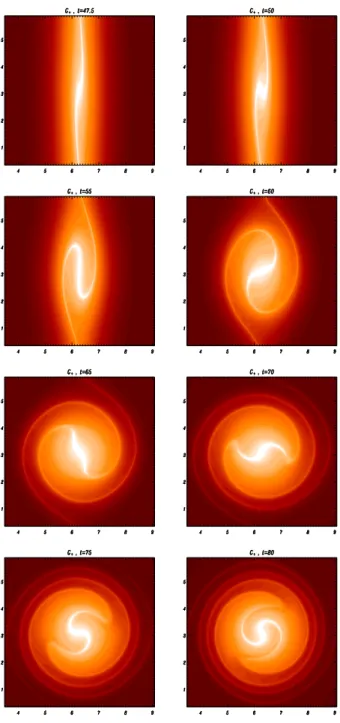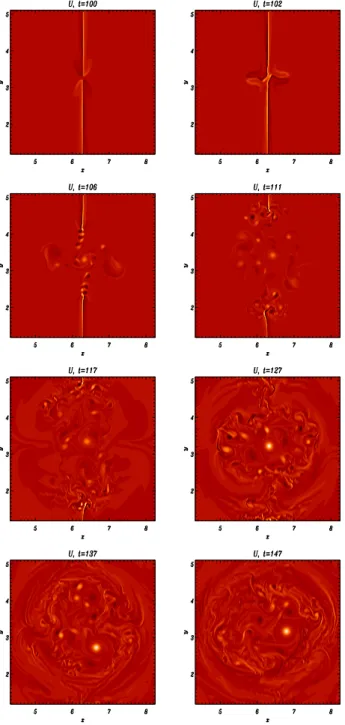Developments in the theory of collisionless reconnection in magnetic configurations with a strong guide field
Texto
Imagem




Documentos relacionados
Managers involved residents in the process of creating the new image of the city of Porto: It is clear that the participation of a resident designer in Porto gave a
Fiquei com a sensação que este tipo de sessão não é o ideal para desenvolver num programa intergeracional de actividade física por não promover grande interacção entre idosos
In this paper, we will study the magnetopause and plasma jets properties in the frame of magnetic reconnection and dis- cuss the results in term of magnetospheric response to
O fulcro do MIA são as Unidades Curriculares (UC) semestrais de Projeto de Arquitetura, com carga horária de 9 horas/semana. As restantes UCs, nomeadamente as
The main characteristics of the plasma, in both mirror and divergent magnetic field configurations have been determined, as well as the necessary plasma con- ditions for
Meridional projection of the perturbation magnetic field arrows at equally spaced grids with superimposed dipole field lines in the meridian plane in each of the 8 magnetic local
The rest of the paper is divided among the following sections: section 2 explains the existing passcode based technique which involves the matching process
Consider a steady, laminar boundary layer flow of a viscous, incompressible and electrically conducting fluid in the presence of a strong magnetic field B(x)